Polygraph Test Accuracy Explained | Find Out Now
Did you know that polygraph tests, commonly known as lie detectors, have an accuracy rate of over 90% according to the American Polygraph Association? This surprising statistic highlights the widespread belief in the truthfulness of polygraph tests as a tool for detecting deception. However, the accuracy and reliability of these tests have been a topic of ongoing debate.
Key Takeaways:
- Polygraph tests have an alleged accuracy rate of over 90% according to the American Polygraph Association.
- There is ongoing debate and skepticism surrounding the accuracy and reliability of polygraph tests.
- Various factors can influence the accuracy of polygraph tests, including emotional state, question type, and examiner biases.
- Studies on polygraph test accuracy have produced inconsistent results, making it difficult to determine their true effectiveness.
- There are alternative methods of lie detection, but no method can be considered completely reliable.
Factors That Can Affect the Accuracy of Polygraph Tests
When evaluating the accuracy of polygraph tests, it is important to consider the various factors that can influence the results. These factors encompass both the physiological and psychological aspects of the test, as well as external variables that can impact its precision.
One significant factor that can affect the accuracy of polygraph tests is the emotional state of the test-taker. Feelings of anxiety or intense emotions can lead to physiological responses that may be misinterpreted as deceptive indicators. It is essential to recognize how emotional factors can influence the test’s validity and adjust the interpretation accordingly.
Additionally, the type and wording of questions being asked during the polygraph test can play a significant role in its accuracy. Ambiguous or confusing questions may elicit inconsistent physiological responses, leading to inaccurate results. It is crucial for the examiner to develop clear, well-constructed questions that minimize the potential for misinterpretation.
The training and biases of the examiner can also impact the accuracy of polygraph tests. Examiners who are inadequately trained or who possess personal biases may misinterpret the physiological responses, leading to false conclusions. In order to ensure the integrity of the results, it is important for examiners to receive comprehensive training and adhere to ethical guidelines.
Various demographic and physiological factors can also influence the accuracy of polygraph tests. Age, gender, and the presence of mental or physical conditions can all impact the physiological responses and affect the validity of the results. The use of certain medications can also interfere with the test, leading to inaccurate outcomes. It is essential for examiners to consider these variables and make appropriate adjustments during the examination.
Furthermore, the proper attachment of devices and the comfort of the test-taker during the examination can significantly affect the precision of the results. Incorrect attachment or discomfort can introduce additional physiological responses that are unrelated to deception, leading to erroneous conclusions. Attention to detail is critical in ensuring accurate and reliable polygraph test outcomes.
The accuracy and precision of polygraph tests are reliant on a multitude of factors, encompassing emotional, psychological, and external variables. Understanding and accounting for these factors is crucial when evaluating the validity of the results.
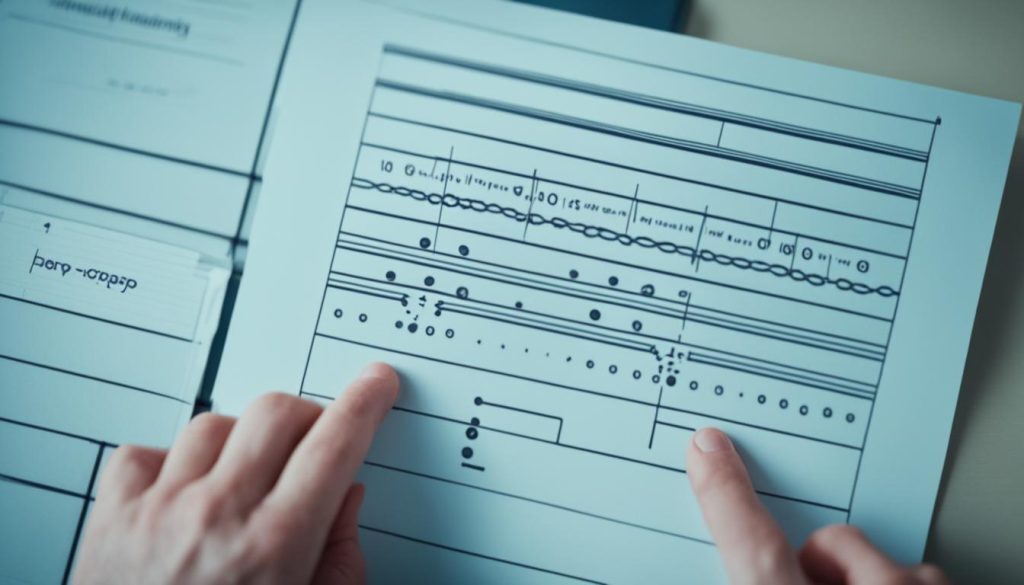
Overview of the Results of Various Studies on Polygraph Test Accuracy
In order to assess the accuracy of polygraph tests, numerous studies have been conducted, yielding inconsistent results. The findings from these studies shed light on the effectiveness of lie detectors and the reliability of their results.
An early study conducted in 1947 revealed an accuracy rate of 89% for polygraph tests. However, a meta-analysis conducted by the National Academy of Sciences in 2003 came to a different conclusion, stating that the accuracy of polygraph tests is no better than chance.
More recent research has produced mixed results, with accuracy rates ranging from 80% to 95% depending on the type of test and qualifications of the examiner. This indicates that the accuracy of polygraph tests can vary significantly based on different factors involved in the testing process.
A review of the literature published in 2018 revealed that while there is some evidence supporting the use of polygraph tests in specific contexts, overall accuracy remains questionable. This suggests that further research is necessary to gain a better understanding of the true efficacy of polygraph tests.
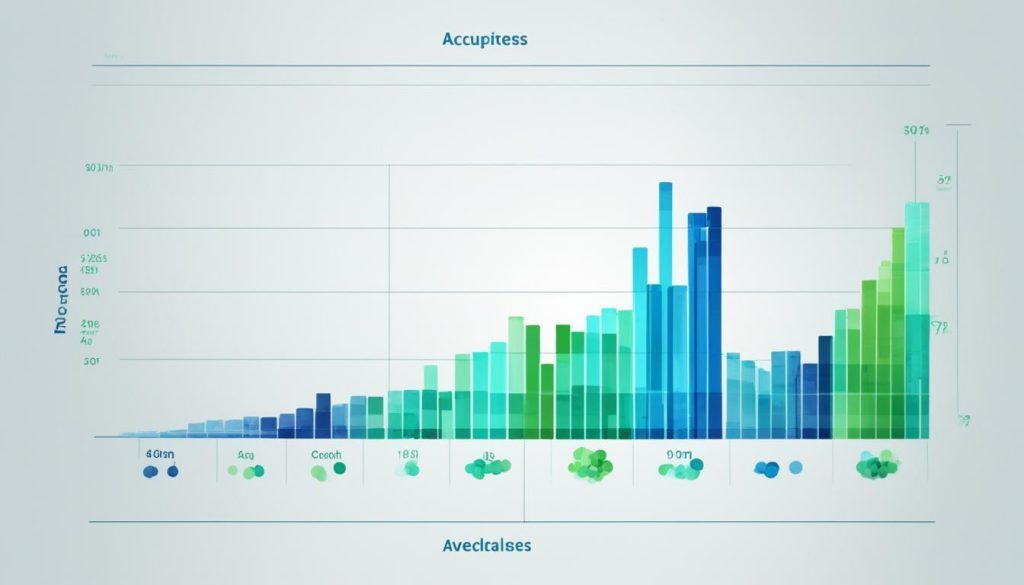
| Study | Year | Accuracy Rate |
|---|---|---|
| Study 1 | 1947 | 89% |
| Meta-Analysis | 2003 | No better than chance |
| Study 2 | 2010 | 80% |
| Study 3 | 2015 | 95% |
Explanation of the Limitations of This Research
The research on polygraph test accuracy has several limitations that must be taken into account. These limitations can impact the reliability and generalizability of the findings, and it is important to consider them when evaluating the accuracy of polygraph tests.
- Lack of standardization: There is a lack of standardization in testing procedures across different studies, which can lead to inconsistent results and make it difficult to compare findings. Without consistent protocols, it is challenging to draw definitive conclusions about the accuracy of polygraph tests.
- Simulated scenarios: Many studies on polygraph test accuracy rely on simulated scenarios rather than real-life situations. While these scenarios attempt to recreate deceptive behaviors, they may not accurately reflect the complexities and nuances of real-life situations. The validity of findings obtained from simulated scenarios may be limited.
- Potential for bias: Studies themselves may be subject to bias, including selection bias, measurement bias, and interpretation bias. These biases can influence the outcomes and conclusions drawn from the research. Additionally, the lack of consensus among experts about the validity and reliability of polygraph tests further adds to the potential for bias in the research.
Considering these limitations is crucial when interpreting the accuracy of polygraph tests. While research provides valuable insights, it is essential to exercise caution and recognize the constraints under which these studies operate.
Comparison of the Accuracy of Polygraph Tests to Other Forms of Lie Detection
The polygraph is not the only method available for lie detection. There are several alternative techniques that can be used to assess truthfulness. Let’s take a closer look at some of these methods and compare them to polygraph tests.
- Voice stress analysis: This method involves analyzing changes in the voice to detect signs of stress or deception. However, voice stress analysis has been criticized for lacking scientific validity and reliability.
- Micro expressions: These are brief facial expressions that can indicate underlying emotions. While micro expressions can provide valuable insights into a person’s emotions, their accuracy in detecting deception is still a subject of debate.
- Eye-tracking: This technique involves monitoring eye movements and patterns to identify signs of deception. Eye-tracking is still in the experimental stage and requires further research to determine its effectiveness as a reliable lie detection method.
- Brain imaging: Functional brain imaging techniques, such as fMRI and EEG, aim to detect changes in brain activity associated with deception. While these methods have shown promising results, they are still being refined and validated for practical lie detection applications.
- Behavioral analysis: This approach involves observing and analyzing non-verbal cues, body language, and behavioral patterns to detect signs of deceit. However, behavioral analysis can be influenced by personal bias and interpretation, making it less reliable as a standalone lie detection method.
It’s important to note that each of these alternative methods has its own level of accuracy and limitations. While they offer additional options for lie detection, no method can be considered completely reliable. The effectiveness of these techniques varies depending on factors such as training, context, and individual differences.
To summarize, the comparison between the accuracy of polygraph tests and other forms of lie detection reveals that no single method is foolproof. Researchers continue to explore and develop new approaches to improve the reliability and effectiveness of lie detection in the future.
The Future of Polygraph Tests and Continued Research
As the debate surrounding the accuracy of polygraph tests rages on, researchers and experts are dedicated to improving the effectiveness of lie detection through advancements and continued research. The future of polygraph tests holds exciting possibilities and potential for enhancements in accuracy.
Efforts are underway to develop new approaches that can further augment the existing physiological indicators used in polygraph tests. These additional indicators aim to provide a more comprehensive understanding of the test-taker’s responses, thereby increasing the accuracy of lie detection.
Advancements in functional brain imaging also show promise in revolutionizing the field of lie detection. By analyzing brain activity and patterns, researchers hope to gain a deeper insight into the cognitive processes associated with deception. However, the validity and reliability of these new methods are still undergoing rigorous scientific scrutiny.
Continued research and exploration into lie detection are essential for improving the accuracy and effectiveness of polygraph tests. By addressing the limitations of current research and pushing the boundaries of innovation, we can strive towards a future where the truth can be reliably discerned, ensuring fairness and integrity in various applications of lie detection.
- Canada Arrest Protocol: What Police Say Upon Arrest - June 12, 2025
- Can Police Disclose Who Reported You? Find Out Here - June 6, 2025
- 2025 Window Rebates Ontario: How to Save Money While Replacing Windows and Doors - April 24, 2025
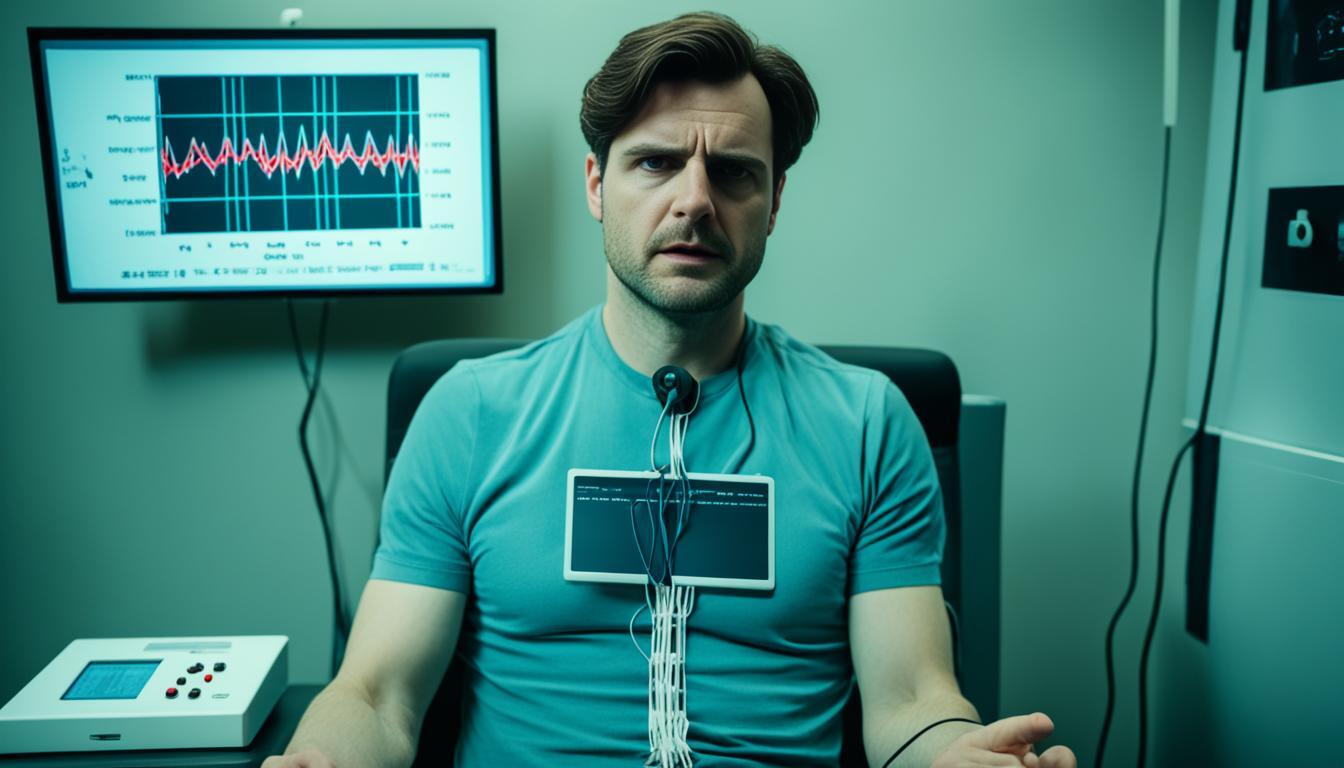
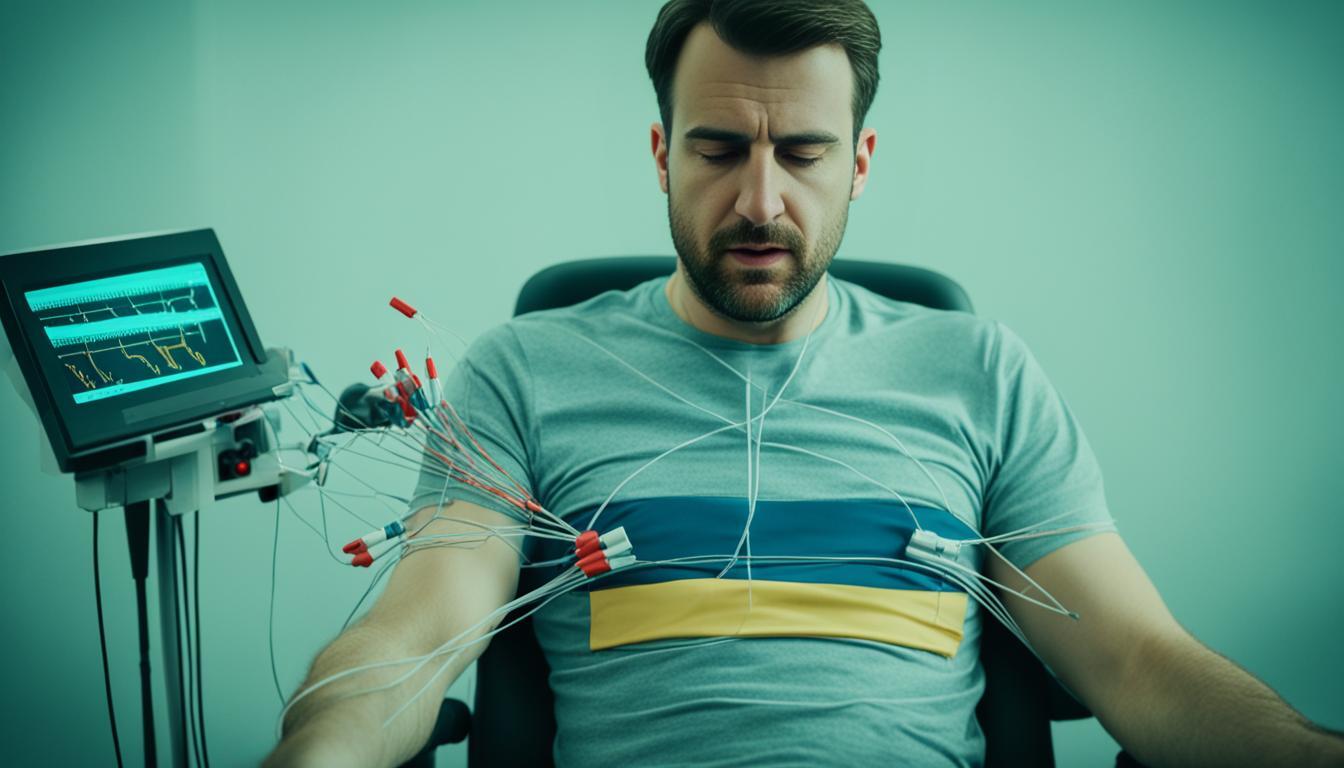
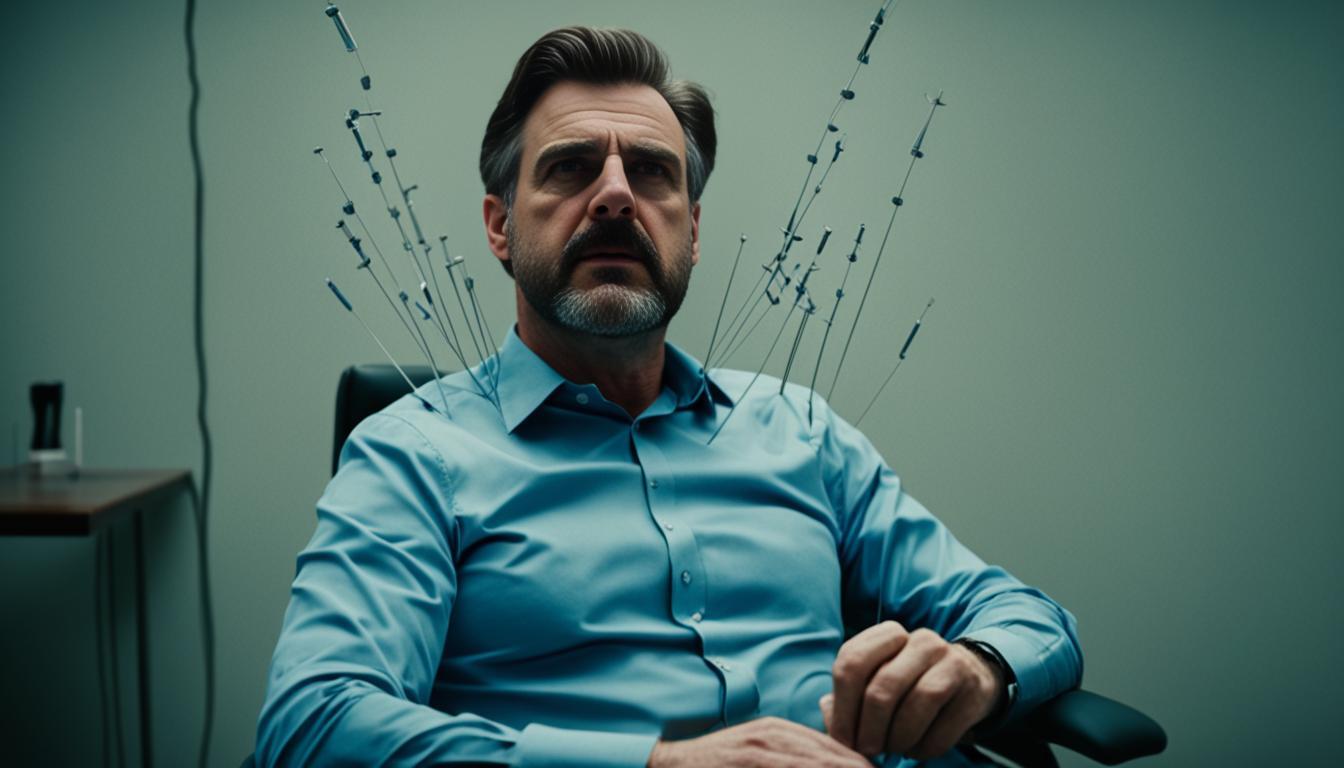
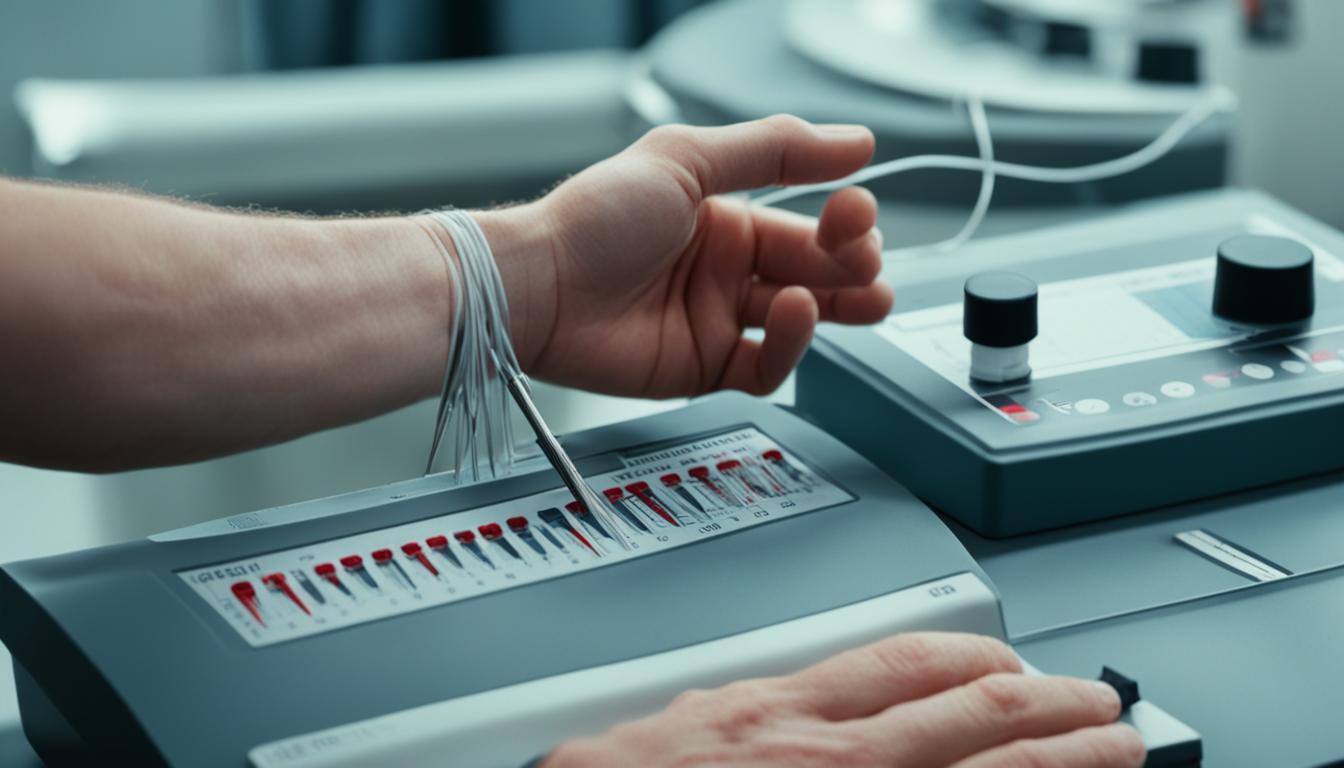
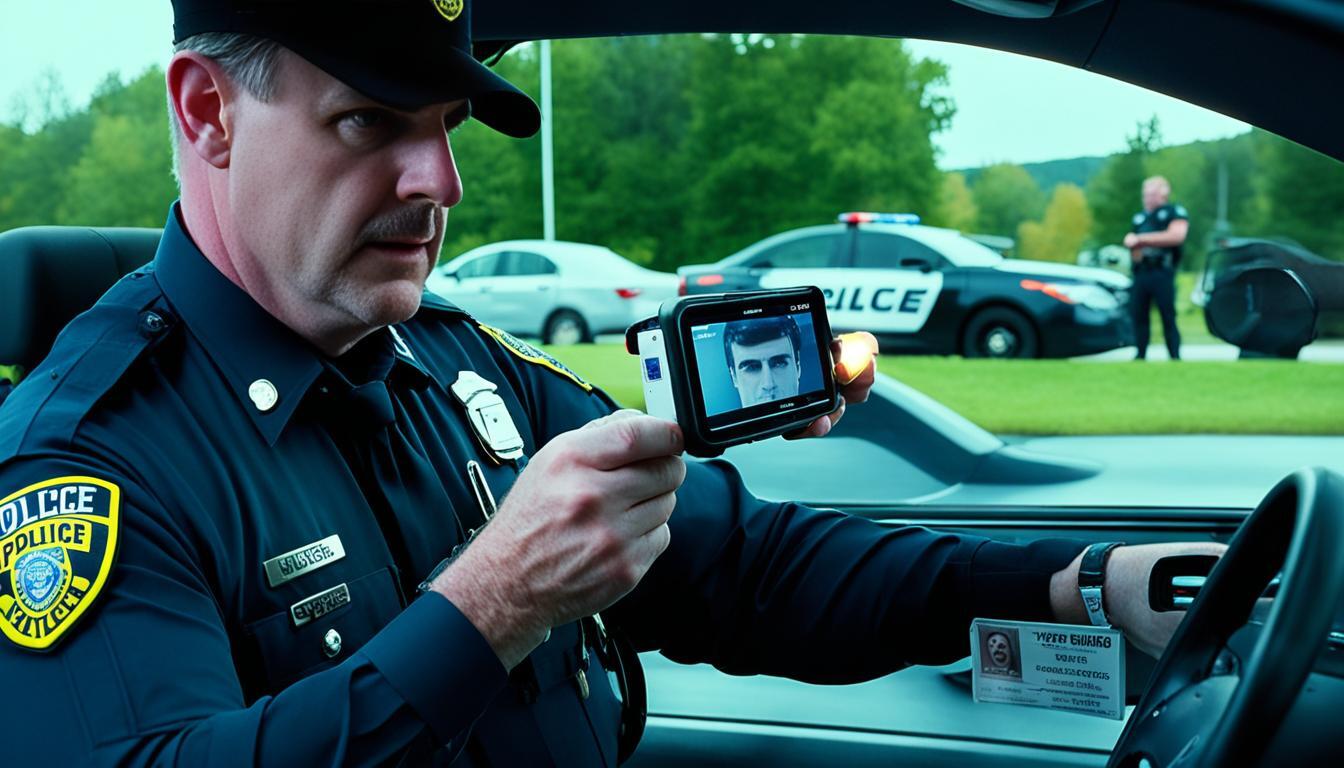
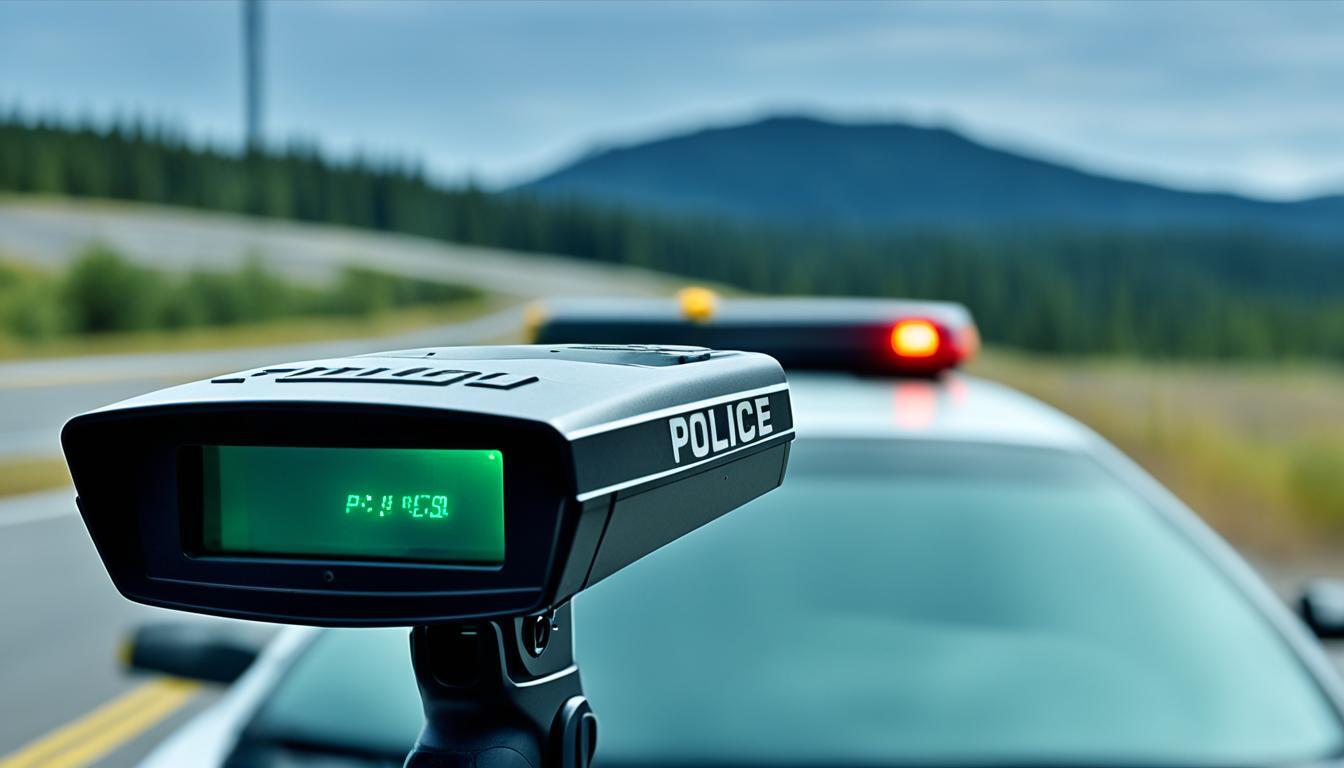
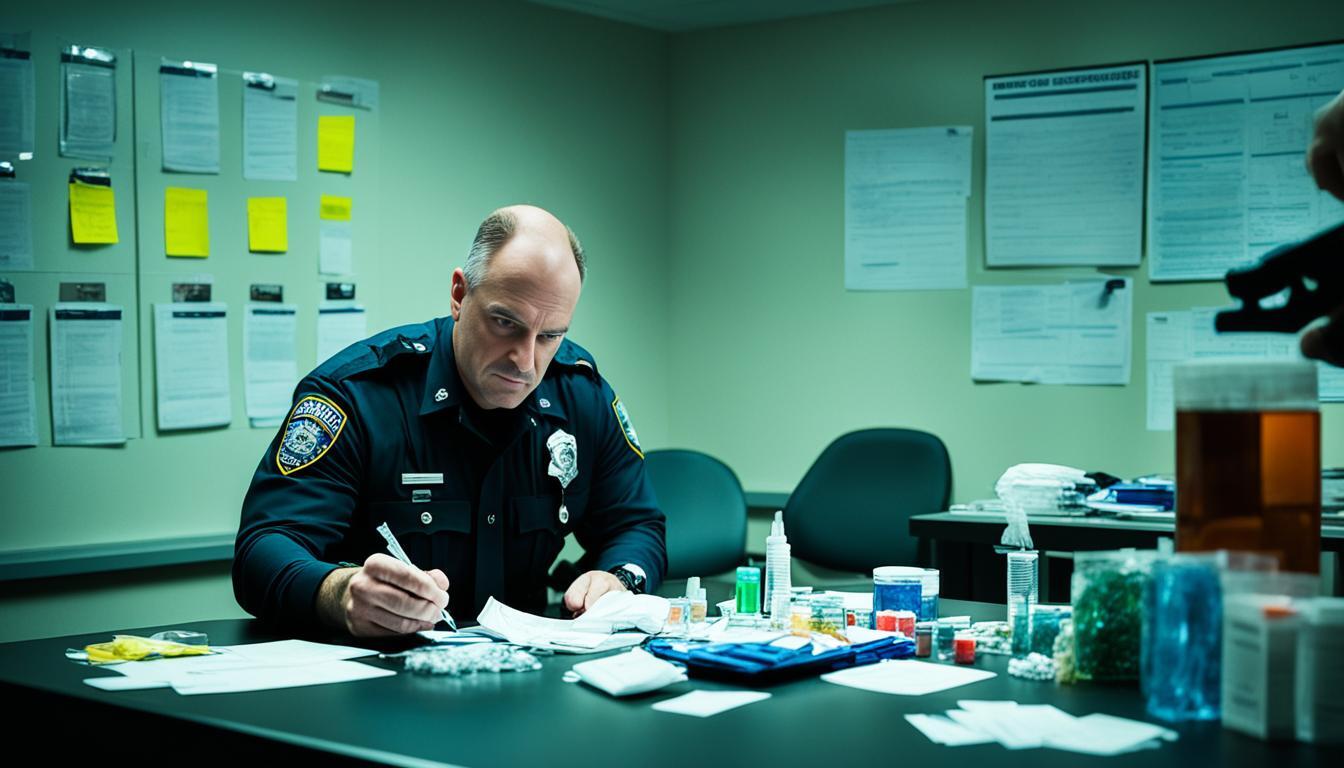

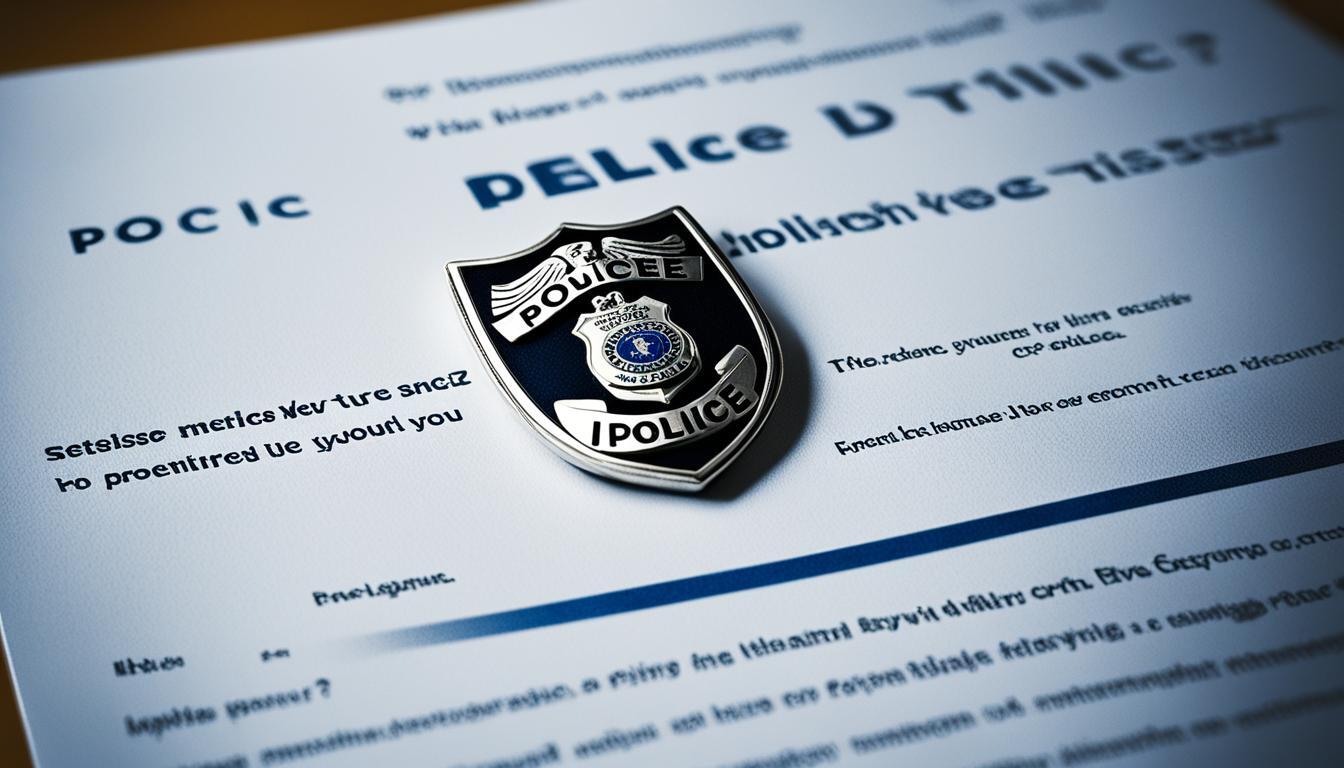


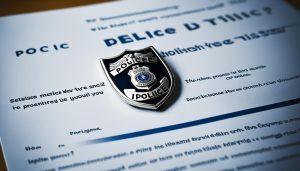








Post Comment